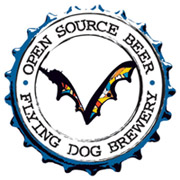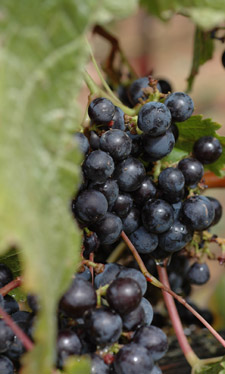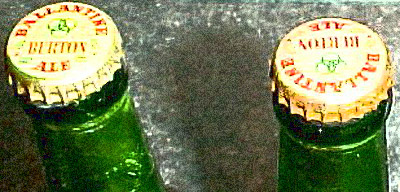 Flying Dog Ales – which has more happening on the Internet than any other brewery I know of – has launched its own Open Source Beer Project.
Flying Dog Ales – which has more happening on the Internet than any other brewery I know of – has launched its own Open Source Beer Project.
The idea is to allow beer drinkers and homebrewers to create or recommend modifications to a Flying Dog recipe.
The Open Source Beer Project will start as a Dopplebock but the style may evolve as participants offer ideas and tweak the recipe. “We are encouraging input on every part of the recipe, down to how what variety of hops we should use, how much we should use and when we should add them,” said Flying Dog Head Brewer, Matt Brophy.
The open source beer will be Flying Dog’s latest “Wild Dog” release and hit stores in October.
Kudos to Flying Dog for creating an RSS Feed for the project. The brewery has embraced the Internet. Just a few examples:
– It regularly updates its website, and sends out frequent e-mails for contests like a Ralph Steadman Signed Gonzo Bottle drawing.
– It has more friends (8,607 at this moment) than any other craft brewery in/on MySpace.
– It has a Squidoo page.
– The brewery continues to add new videos at YouTube.
Is this marketing? Yes. Should be be wary of marketing? Probably, but a thread runs through the way Flying Dog appears in each of these spaces. The videos are of actual employees – like president/”lead dog” Eric Warner and his truck.
If these aren’t real people behind real beer then it is a heck of an act.
 Don’t forget, next Friday is
Don’t forget, next Friday is 
